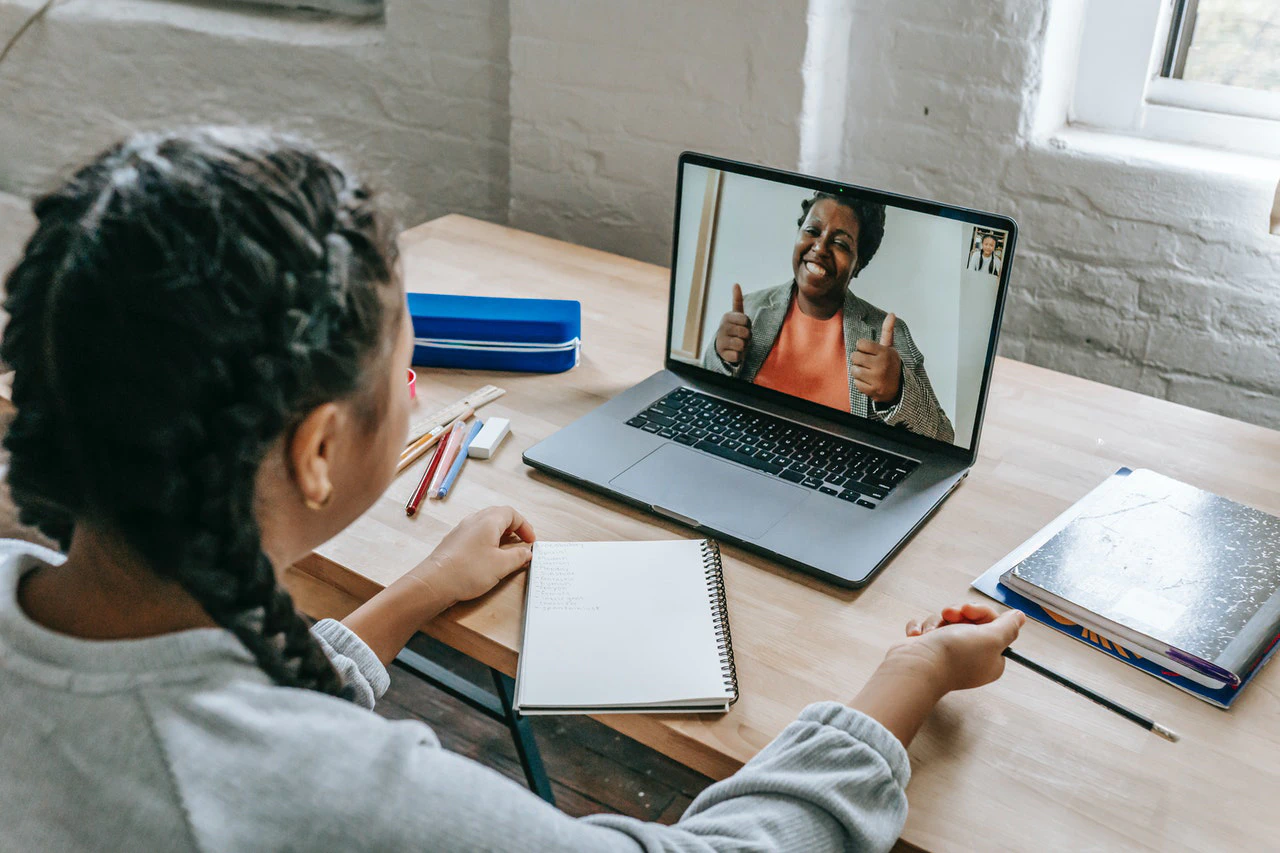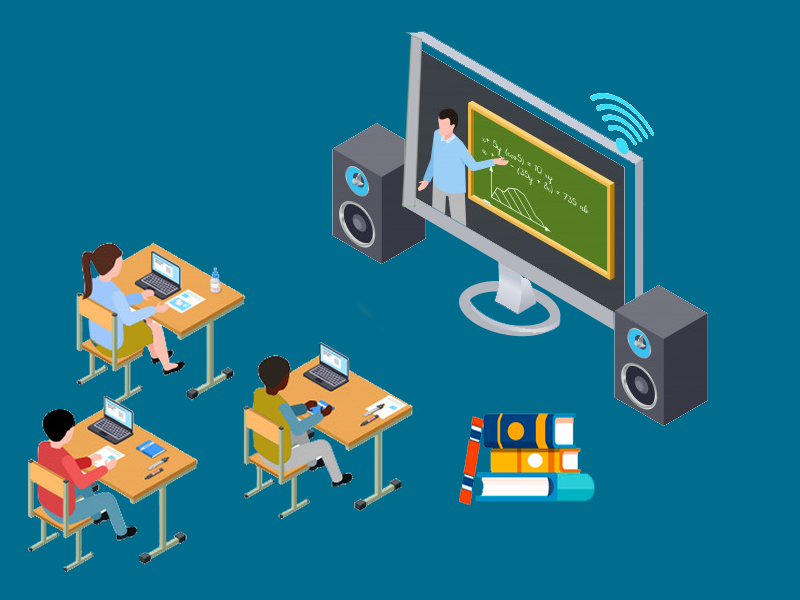When virtual classrooms first emerged, I’ll admit, I was skeptical. As someone who had spent years teaching in a traditional classroom, the idea of shifting to an entirely online environment seemed daunting. Could I engage my students as effectively as I did in person? Would they actually learn in this new format?
It didn’t take long for me to realize the immense potential virtual classrooms have in modern education. Despite the challenges, virtual learning offers incredible opportunities for students to learn in a flexible, personalized, and interactive environment. Over time, I’ve learned how to maximize the benefits of virtual classrooms to ensure that students not only stay engaged but thrive in the online learning environment.
If you’re a teacher or student looking to make the most of virtual classrooms, this guide will walk you through the strategies, tools, and best practices I’ve found most effective in creating engaging and successful online learning experiences.
The Benefits of Virtual Classrooms: Flexibility, Accessibility, and Personalized Learning

One of the most powerful aspects of virtual classrooms is the flexibility they offer. Students can access materials, attend lessons, and engage with their peers from anywhere in the world. This flexibility allows them to learn at their own pace, which is something traditional classrooms often struggle to provide.
When I first transitioned to teaching in a virtual environment, I saw how students who struggled with in-person learning thrived in this flexible setting. They could review recorded lessons, revisit challenging concepts, and participate in discussions without the pressure of a time crunch.
Additionally, virtual classrooms make education more accessible. Students from different backgrounds, locations, and time zones can now attend the same class. This opens up opportunities for students who may have been excluded due to geographical or physical limitations. Virtual classrooms also allow for diverse learning materials, whether that’s through videos, interactive quizzes, or digital textbooks.
Perhaps one of the most exciting benefits is the ability to personalize learning. Teachers can tailor lessons to individual students’ needs and track their progress in real-time, offering immediate feedback and support.
Choosing the Right Tools and Platforms for Virtual Classrooms
As I quickly learned, the right tools can make or break the virtual classroom experience. Whether you’re teaching a small group of students or managing an entire class, selecting the right technology platform is crucial to ensuring smooth, interactive learning.
There are several popular tools that I’ve found incredibly useful in my own virtual classroom:
-
Learning Management Systems (LMS): Platforms like Google Classroom, Moodle, or Canvas offer comprehensive environments for managing assignments, quizzes, and communications. They provide a central location for students to access materials, submit work, and interact with teachers and peers.
-
Video Conferencing Tools: Zoom, Microsoft Teams, and Google Meet have become staples for virtual teaching. These tools allow teachers to host live classes, hold discussions, and provide instant feedback. I’ve found that video calls bring a sense of connection to my students, even when we’re not physically together.
-
Interactive Tools: Tools like Padlet, Jamboard, and Kahoot help make lessons interactive and engaging. I often use these platforms to create collaborative activities and real-time assessments, ensuring that students stay active and involved.
-
Screen Recording Software: For asynchronous learning, I rely on tools like Loom or Screencast-O-Matic to record lessons and tutorials. This is particularly helpful for students who need to review materials at their own pace.
Finding the right mix of these tools is essential. It’s about striking a balance between engagement and ease of use. The last thing you want is a platform that complicates the learning process instead of enhancing it.
Fostering Student Engagement in Virtual Classrooms
Engagement is one of the most significant challenges in virtual classrooms. It’s easier for students to become distracted when they’re learning from home, especially without the direct supervision of a teacher in a traditional setting. However, I’ve discovered several ways to foster engagement that make a world of difference.
1. Interactive Lessons and Activities
Instead of lecturing for an entire class period, I try to incorporate interactive activities to keep students involved. This could mean using breakout rooms for small group discussions, incorporating live polls or quizzes using platforms like Kahoot, or facilitating interactive debates and brainstorming sessions.
By incorporating variety, students stay actively engaged rather than passively listening. The key is to make learning interactive, fun, and dynamic.
2. Regular Communication
In a virtual classroom, it’s essential to maintain open lines of communication. I’ve found that scheduling regular office hours, offering one-on-one check-ins, and even creating a dedicated online space for students to ask questions outside of class time helps keep students engaged and feeling supported.
3. Gamification
Gamifying the learning process is another tactic I’ve seen work wonders for student engagement. Incorporating elements like point systems, badges, or even virtual classroom “leaderboards” can make learning feel more like a game. Students are motivated by progress and rewards, and it’s an excellent way to encourage participation.
Supporting Different Learning Styles in Virtual Classrooms
Just like in traditional classrooms, students in virtual classrooms have varying learning styles. Some students thrive with visual content, while others learn best through hands-on activities or verbal discussions. In the virtual environment, it’s important to incorporate different teaching methods to accommodate all types of learners.
I’ve found that mixing video content, interactive assignments, and reading materials helps keep students engaged in different ways. For instance, I might teach a new concept with a video tutorial, follow it up with an interactive quiz or discussion, and assign reading materials for students to explore at their own pace.
By offering students a variety of ways to engage with the content, they’re more likely to retain the information and enjoy the learning process.
Encouraging Peer-to-Peer Interaction and Collaboration
One of the aspects I missed most about teaching in person was the opportunity for peer-to-peer interaction. Students learn a lot from each other through discussions, group projects, and sharing ideas. In virtual classrooms, it’s important to facilitate peer collaboration as much as possible.
Breakout rooms in video conferencing tools are fantastic for this. I encourage students to work in groups on projects, hold discussions in small groups, and give peer feedback. I’ve seen that students often learn just as much from their peers as they do from the teacher.
Assessing Student Progress in Virtual Classrooms
Assessing student progress in a virtual classroom can be challenging, especially since it’s harder to monitor individual students as closely. However, I’ve found that using a combination of formative assessments, such as quizzes, discussions, and polls, alongside summative assessments, like projects or exams, provides a comprehensive understanding of student performance.
It’s also helpful to use analytics tools that track student progress in real time. Many learning management systems offer built-in tracking features that show how engaged students are with the materials and whether they’re keeping up with assignments.
Conclusion: The Future of Education in Virtual Classrooms
Virtual classrooms have come a long way, and they’re not just a temporary fix—they’re the future of education. By embracing the flexibility and potential of online learning, we can create more inclusive, accessible, and personalized educational experiences for students worldwide.
Through thoughtful planning, the right tools, and engaging teaching practices, virtual classrooms can offer an educational experience that is just as meaningful—and in some cases, even more so—than traditional in-person learning.
So, whether you’re a teacher looking to improve your virtual classroom or a student navigating this new way of learning, remember that the key to success lies in making the most of what technology offers while keeping the focus on student engagement, support, and collaboration.



